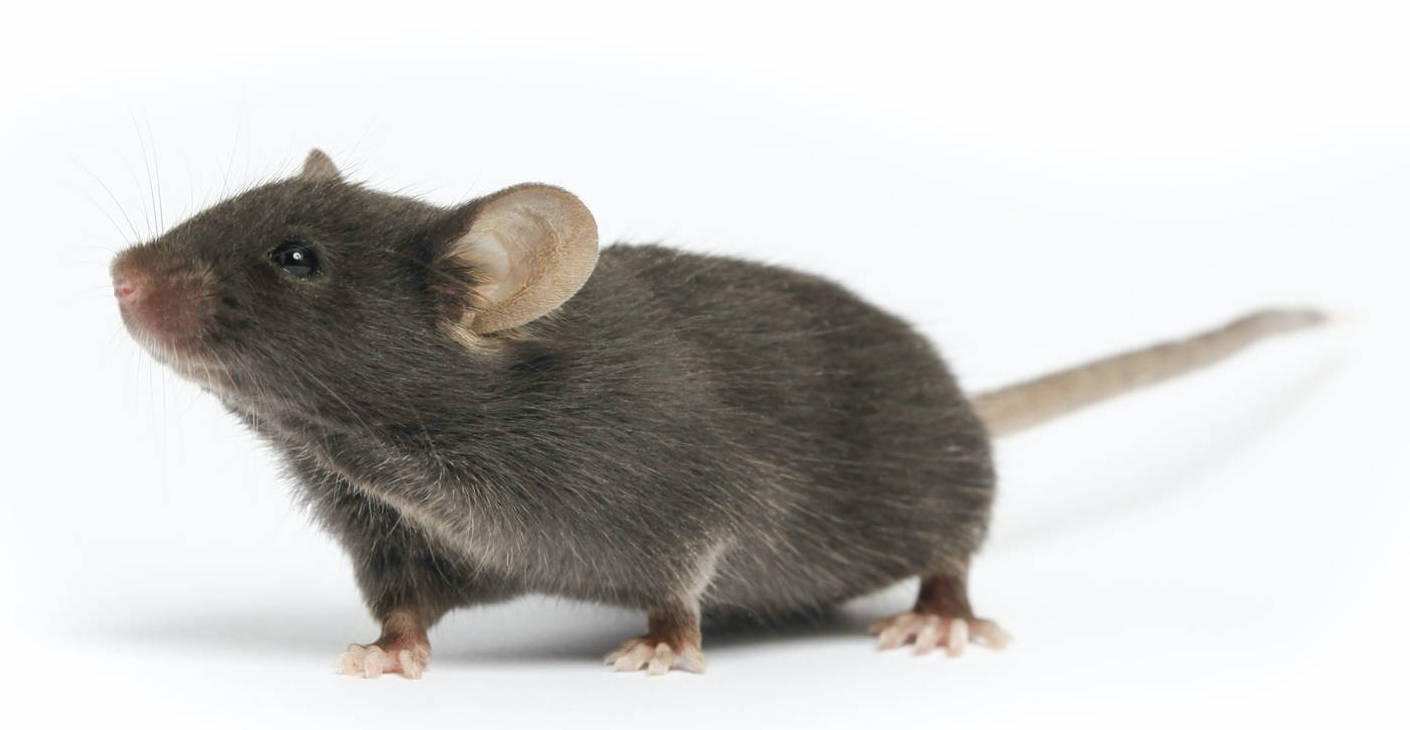Shmelkov et al. (2010)
 Early research on the genetic heritability of OCD was limited to family and twin studies. Since the Human Genome Project, researchers have been able to study the role of specific genes and their role in the behaviours associated with the disorder.
Early research on the genetic heritability of OCD was limited to family and twin studies. Since the Human Genome Project, researchers have been able to study the role of specific genes and their role in the behaviours associated with the disorder.
The study below by Shmelkov et al (2010) looks at the role of the SLITRK5 gene in compulsive behaviour.
The original study may be found here.
One gene that has been the focus of recent attention in the study of the etiology of OCD is the SLITRK5 gene. This gene plays an important role in learning as it plays a key role in neuronal growth and neuroplasticity. This gene is involved in coordinating processes controlled by BDNF (brain-derived neurotrophic factor) which is essential to the healthy growth and function of our neural networks.
Shmelkov et al (2010) used ‘knock-out mice’ to demonstrate how the switching off the SLITRK5 gene is associated with the over-activation of the orbitofrontal cortex. Behaviourally these animals showed compulsive behaviours including excessive grooming and burying of marbles, a behaviour associated with anxiety in mice.
This study provides important evidence for the role of one specific candidate gene.
The aim of the study was to investigate the association between the SLITRK5 gene and behavioural phenotypes linked to OCD. The researchers aimed to promote compulsive behaviours such as excessive self-grooming in mice through "turning off" the SLITRK5 gene. In order to alleviate this compulsive behaviour, they would use the selective serotonin reuptake inhibitor fluoxetine.
Procedure
The researchers created SLITRK5 knockout mice by replacing the SLITRK5 gene with a reporter gene, called lacZ. This led to three groups of mice:
- Homozygous: mice that had two copies of the lacZ gene, instead of the SLITKR5 gene
- Heterozygous: mice that had one lacZ and one SLITKR5 gene.
- Control: mice that had two SLITKR5 genes.
A variety of measures were used to assess anxiety in the mice. For example, the mice were placed into the center of a plexiglass arena divided into quadrants. The researchers observed how much time each mouse spent exploring different areas of the arena. They also placed them individually into a smaller cage containing twenty glass marbles evenly spaced on a 5 cm thick layer of sawdust. After 20 minutes the mouse was removed from the cage at which point a photograph was taken of the cage allowing the researchers to count how many marbles had been buried. This "marble-burying" behaviour was used as a measure of anxiety. Marbles were counted as buried if at least 33% of the marble was covered.
Findings
 From three months old the homozygous knockout mice developed facial hair loss and severe skin lesions due to excessive grooming, in comparison with the control group of healthy littermates. The heterozygous group developed the same abnormal behaviours, although the age of onset was later, between 7 - 9 months. The researchers noted that the experimental mice spent less time exploring different areas of the cage, although the distance traveled was the same for each group, suggesting that the knockout mice were less adventurous. The knockout mice also buried a greater percentage of the marbles than the control mice.
From three months old the homozygous knockout mice developed facial hair loss and severe skin lesions due to excessive grooming, in comparison with the control group of healthy littermates. The heterozygous group developed the same abnormal behaviours, although the age of onset was later, between 7 - 9 months. The researchers noted that the experimental mice spent less time exploring different areas of the cage, although the distance traveled was the same for each group, suggesting that the knockout mice were less adventurous. The knockout mice also buried a greater percentage of the marbles than the control mice.
Conclusions
The SLITRK5 gene is essential for the healthy development of neural circuits in mice, and "turning off" this gene is associated with anxiety and compulsive behaviour. Given the similarities between the central nervous systems of mice and humans, one can extrapolate the findings and infer that abnormalities relating to this gene may also be linked to compulsive behaviours, such as cleaning and checking in humans.
Strengths
- The study was a true experiment - the SLITRK 5 gene was manipulated by the researchers. Therefore, a cause-and-effect relationship can be determined.
- The way in which the researchers operationalized is ecologically valid for mice. The amount of time spent digging was easily quantifiable by observing how much of each marble was still visible after 20 minutes.
- Animal experiments allow for a very high level of control over extraneous factors that could affect the animals' stress levels; for example, handling of the mice could be standardized across both the experimental and control groups. Therefore, any differences in their behaviour could be attributed to the silencing of the SLITRK5 gene; this increases the internal validity of the research.
Limitations
- OCD in humans is characterized by obsessive thoughts as well as compulsive behaviours. Animal models such as this can only tell us about the observable behaviours and not the subjective experience of having OCD; this reductionist approach ignores the role of cognitive factors in the development of the disorder.
- Some researchers disagree with the validity of the marble burying test as analogous to obsessive-compulsive behaviour based on the fact that marble-burying decreases when mice are given benzodiazepines (a class of anti-anxiety drugs) but these drugs appear to have little impact on humans with OCD.

 IB Docs (2) Team
IB Docs (2) Team
